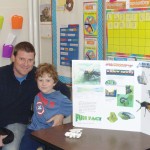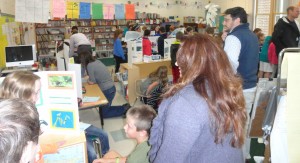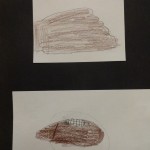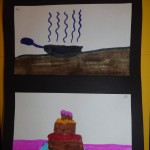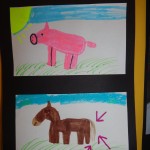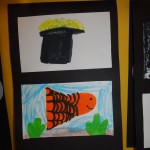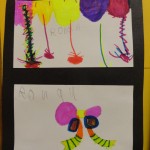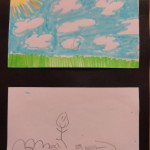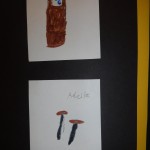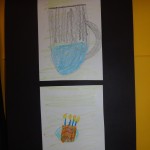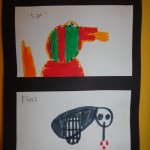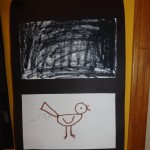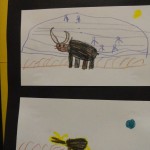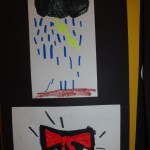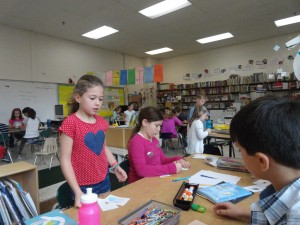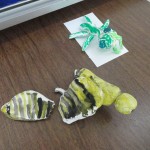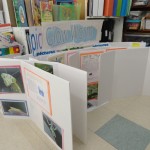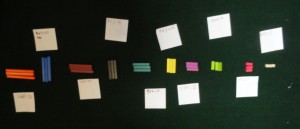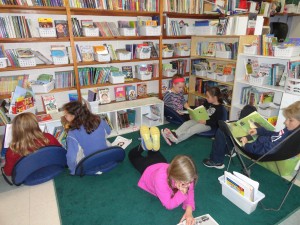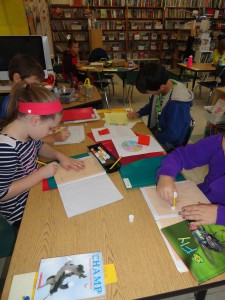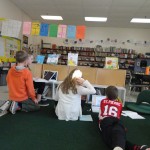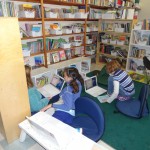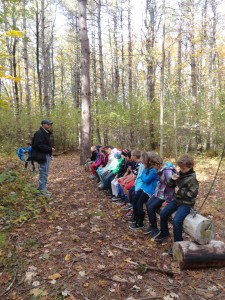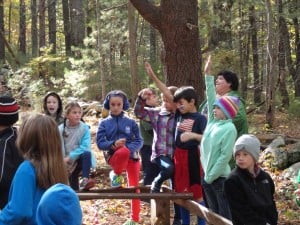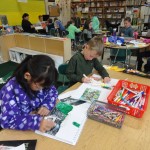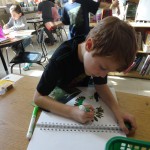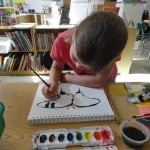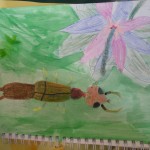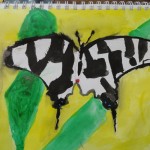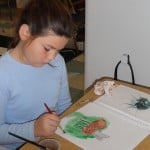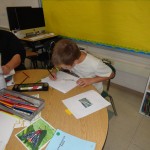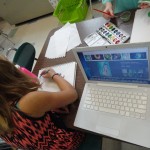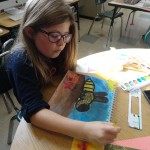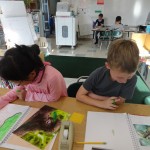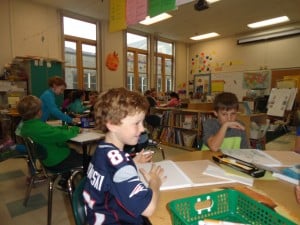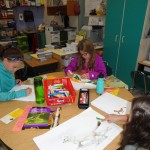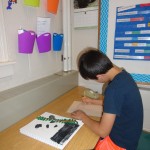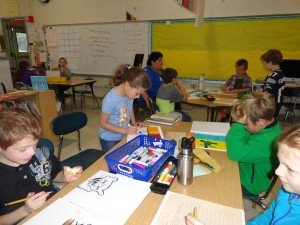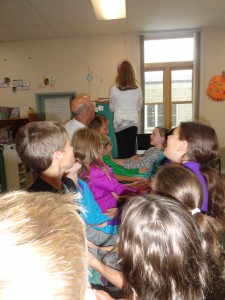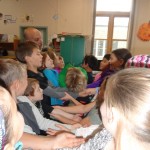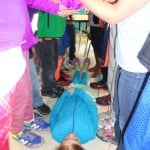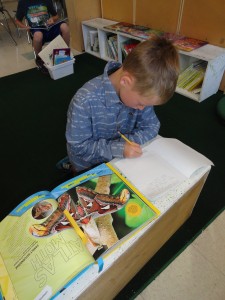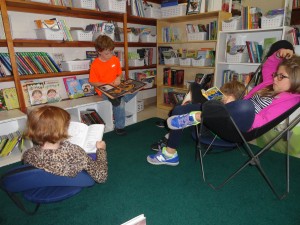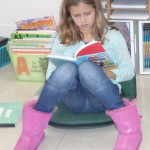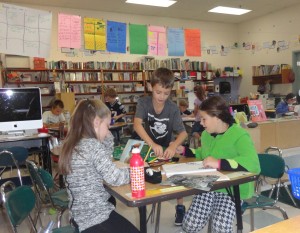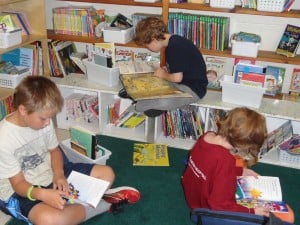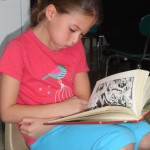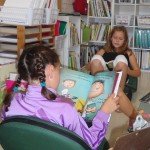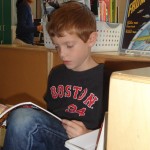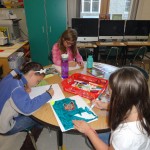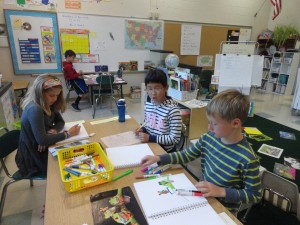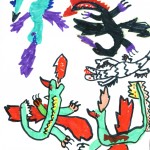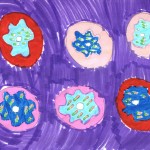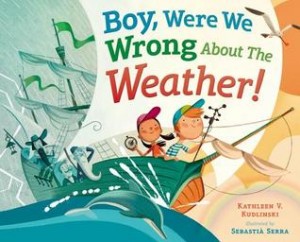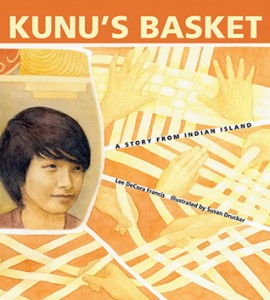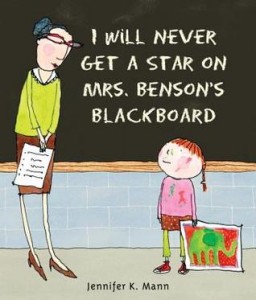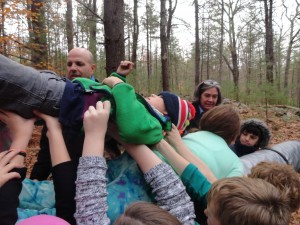

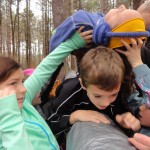 We have had another busy, full week. First the thoughtful Veteran’s Day assembly on Monday, an outdoor challenge on Tuesday and our 3E’s Bugs, Bugs, Bugs! Museum on Thursday. In and around that we’ve continued to gather fall work samples, set goals and begin action plans for meeting them. We’ve been reading and writing, exploring more books by Amy Krauss Rosenthal and solving lots to math problems too.
We have had another busy, full week. First the thoughtful Veteran’s Day assembly on Monday, an outdoor challenge on Tuesday and our 3E’s Bugs, Bugs, Bugs! Museum on Thursday. In and around that we’ve continued to gather fall work samples, set goals and begin action plans for meeting them. We’ve been reading and writing, exploring more books by Amy Krauss Rosenthal and solving lots to math problems too.
3E’s Bugs, Bugs Bugs!
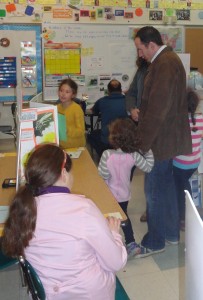 Thank you all so much for coming to our museum and letting us share what we’ve been researching for the past month. The class was so glad to share during the afternoon with friends from other grade levels and parents who could more easily come then. They were excited beyond belief to share with families at night as well. It was fun to answer questions and talk about how insects were chosen. The students did a great job of describing what was interesting and unique about each of their insects. Thank you for understanding each child’s unique choice in how he or she chose to share and the level of adult involvement each wanted in completing the work. We are looking forward to the next round of research, writing and sharing to come!
Thank you all so much for coming to our museum and letting us share what we’ve been researching for the past month. The class was so glad to share during the afternoon with friends from other grade levels and parents who could more easily come then. They were excited beyond belief to share with families at night as well. It was fun to answer questions and talk about how insects were chosen. The students did a great job of describing what was interesting and unique about each of their insects. Thank you for understanding each child’s unique choice in how he or she chose to share and the level of adult involvement each wanted in completing the work. We are looking forward to the next round of research, writing and sharing to come!
Who Am I As a Learner?
Self-Awareness – Social Emotional Learning

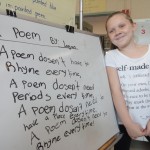
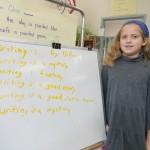 This week we are looking through our reading records, our writer’s notebooks and our collection of math problems to select work that best shows what we can do. The children have been trying to describe what they see they can do in their work and to look forward to next steps in learning. This is challenging, but we’ve been working together so the children can find ways to describe their thinking to be more aware of how they can grow. Thinking is something we do, but it is also something we can actively grow. We are using an I See… I Think… I Wonder… protocol to keep a record of thinking and a QAR protocol to help children develop and deepen their questions. It is a learning process for sure and we are excited to share what we are discovering in our goal setting conferences.
This week we are looking through our reading records, our writer’s notebooks and our collection of math problems to select work that best shows what we can do. The children have been trying to describe what they see they can do in their work and to look forward to next steps in learning. This is challenging, but we’ve been working together so the children can find ways to describe their thinking to be more aware of how they can grow. Thinking is something we do, but it is also something we can actively grow. We are using an I See… I Think… I Wonder… protocol to keep a record of thinking and a QAR protocol to help children develop and deepen their questions. It is a learning process for sure and we are excited to share what we are discovering in our goal setting conferences.
Developing Comprehension Strategies to Deepen Understanding
Most of the children are able to select books they are interested in reading from cover to cover. Most of them have read a wide collection of chapter and picture books with a smattering of information texts and poetry in the first few months of school. They are beginning to think about the genre they are most interested in reading. Some of the children are considering ways of challenging themselves to read genre they haven’t yet tried.
It seems like the class is ready to learn about summarizing. To do this they have to be able to identify the main ideas of the text and the important details. During this new chapter read aloud we’ve been taking notes and drawing sketches for each chapter trying to capture important actions and events. We’ve been recording our thinking to see if the act of choosing only three events from each chapter will strengthen our memory of events and the connections between them. We hope so. We’re reading The Sasquatch Escape by Suzanne Selfors. This is a first in a series that is quite accessible to our readers so I am hoping that we’ll be able to begin some book clubs in the next few weeks that will grow individual comprehension skills even more.
Wonderful Words
We’ve been looking at words in different categories. We explored compound words and made Puniddles inspired by Bruce MacMillan’s book of that same name. We’ve begun collections of contractions and synonyms. We read The Right Word and have begun to learn what a thesaurus is and how it can help us find just the right word. It is fun to notice words and categories. It is interesting to notice letter patterns in words and to consider how words are related. We began the year making an alphabet of insects. Now we’re going to try to see if we can make an alphabet related to words and the alphabet. We’ll see.
Bits and Pieces –
- We’ve completed our first set of cursive letters – The Clock Climbers. They are a, d, g, q, and c.
- Confirmation notes went home on Thursday regarding your child’s student led conference. As more families select conference times I will send home another reminder. These begin on Tuesday, November 17 and are on Wednesday, November 18 and Friday November 20.
- Report cards will be sent home on Tuesday, November 24. Rather than receiving written comments on this report card, we will meet for a parent teacher conferences in the first week of December. Conference sign-up (round 2) will come home next week.




